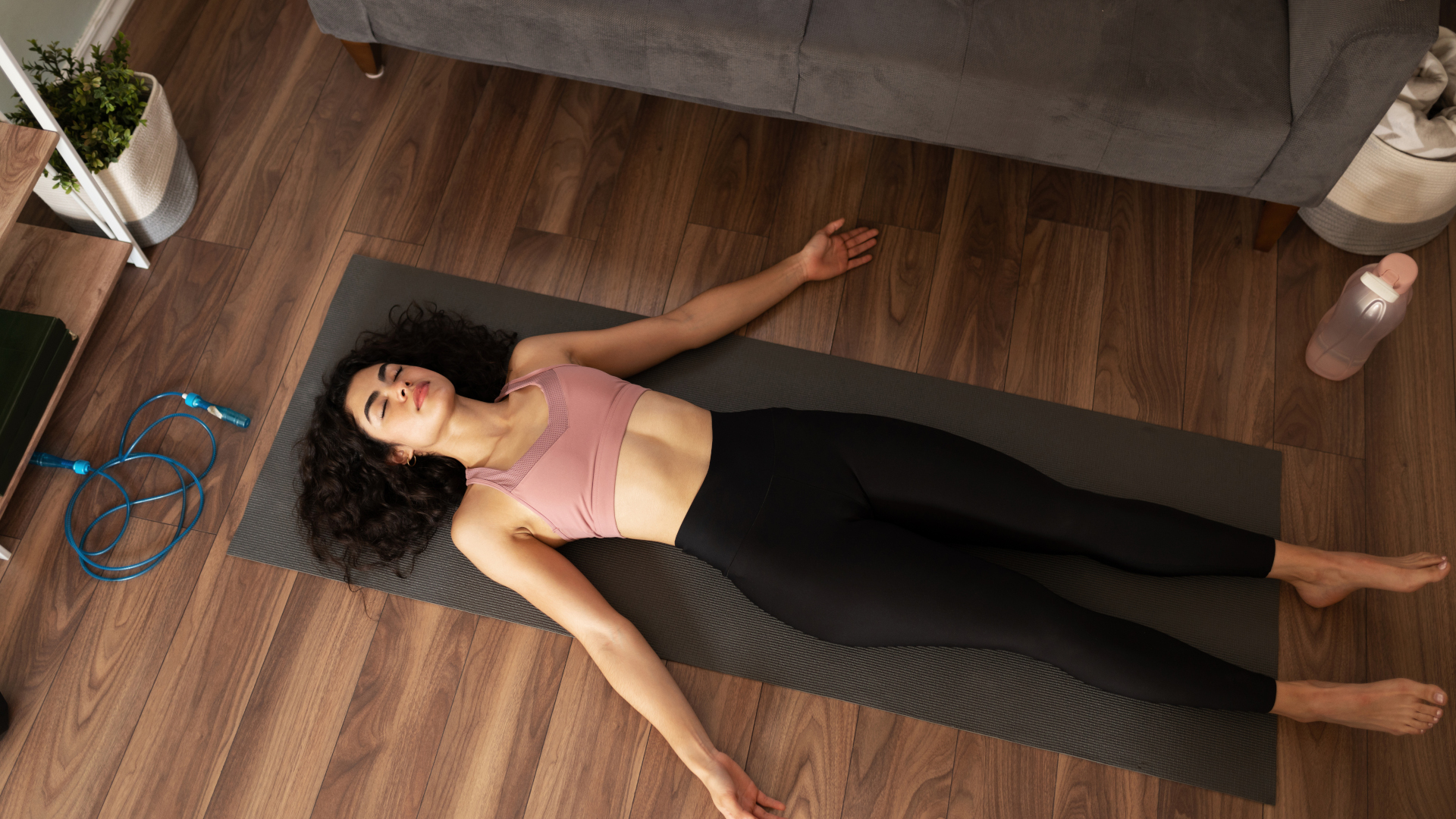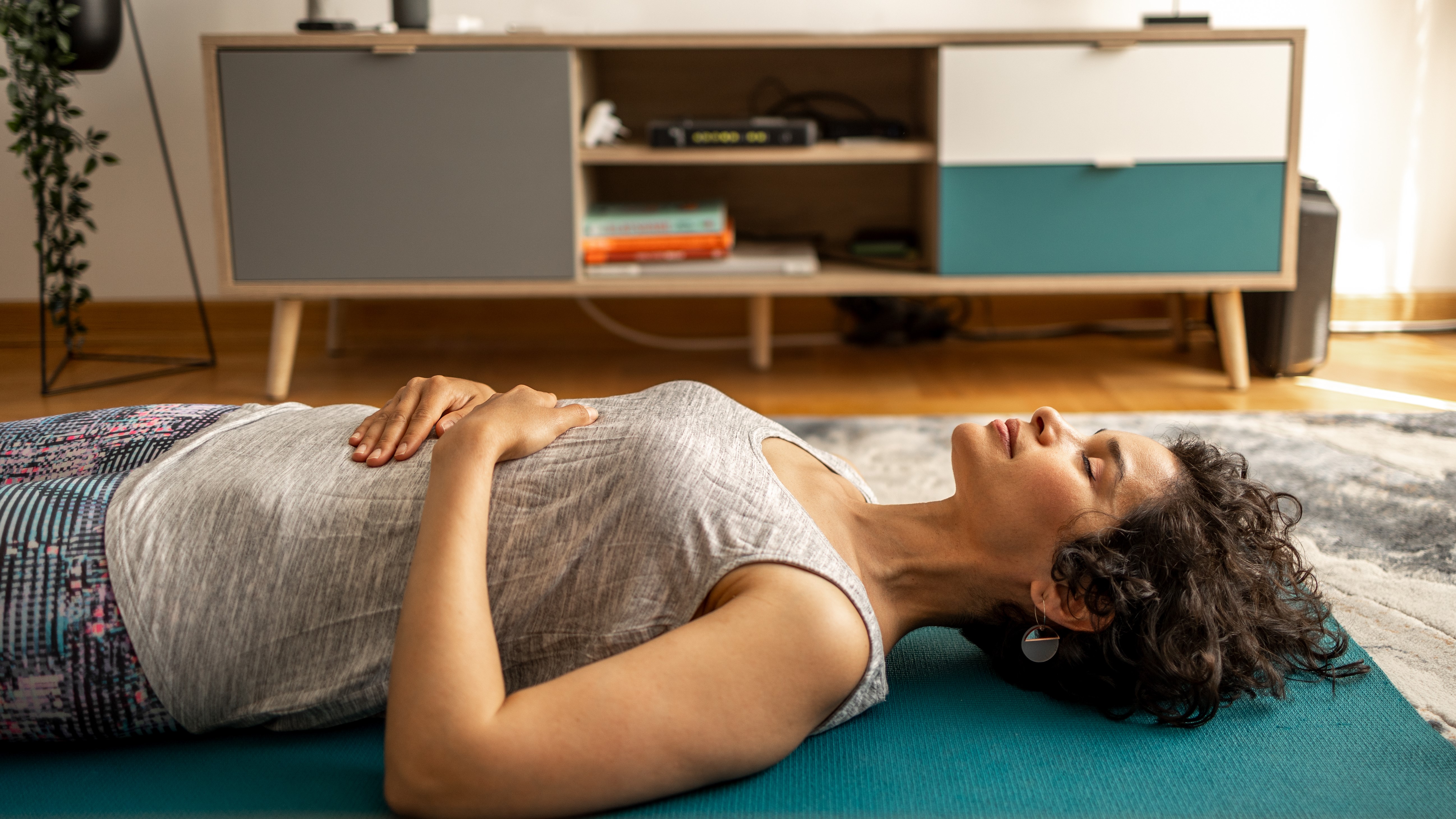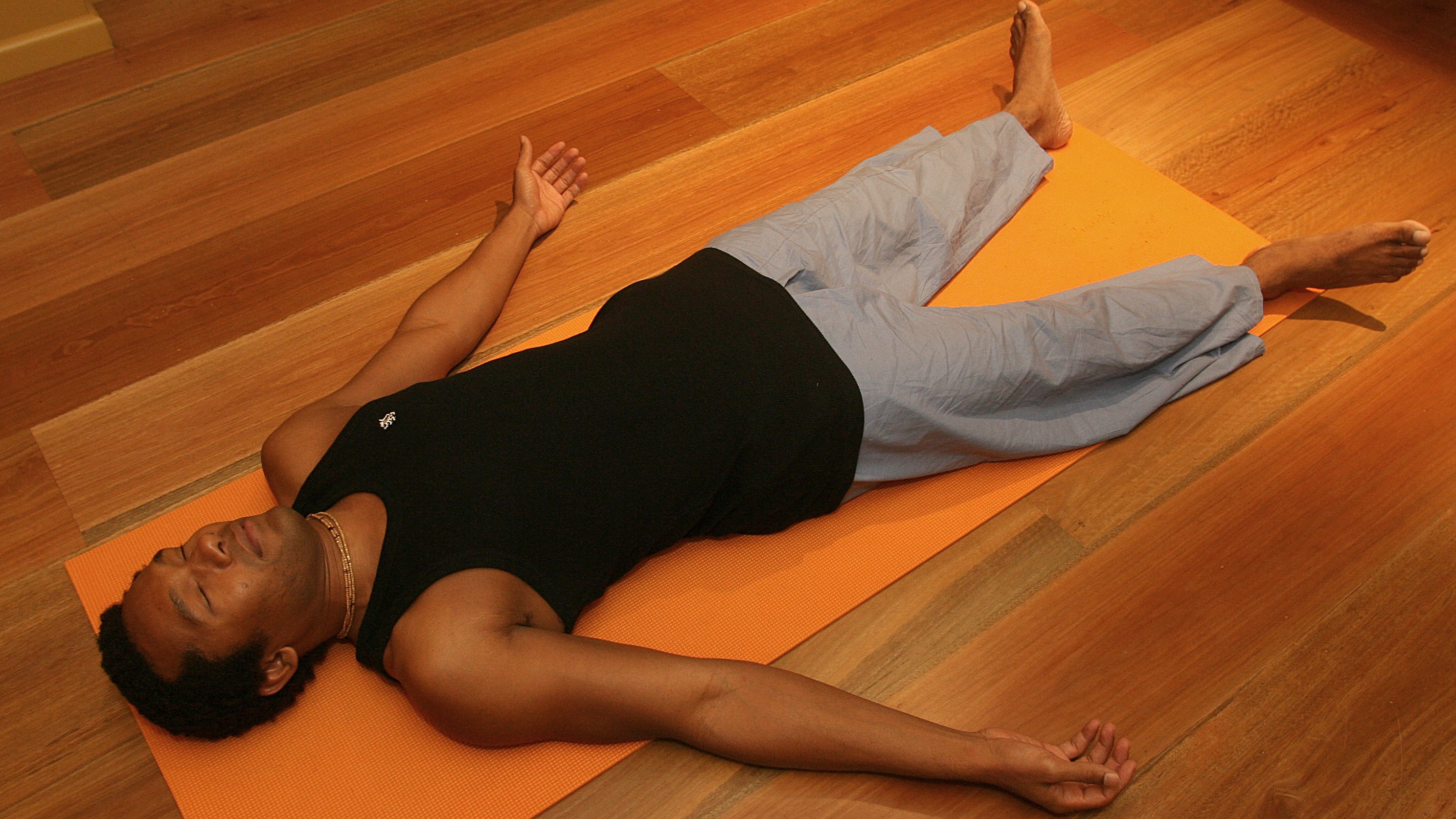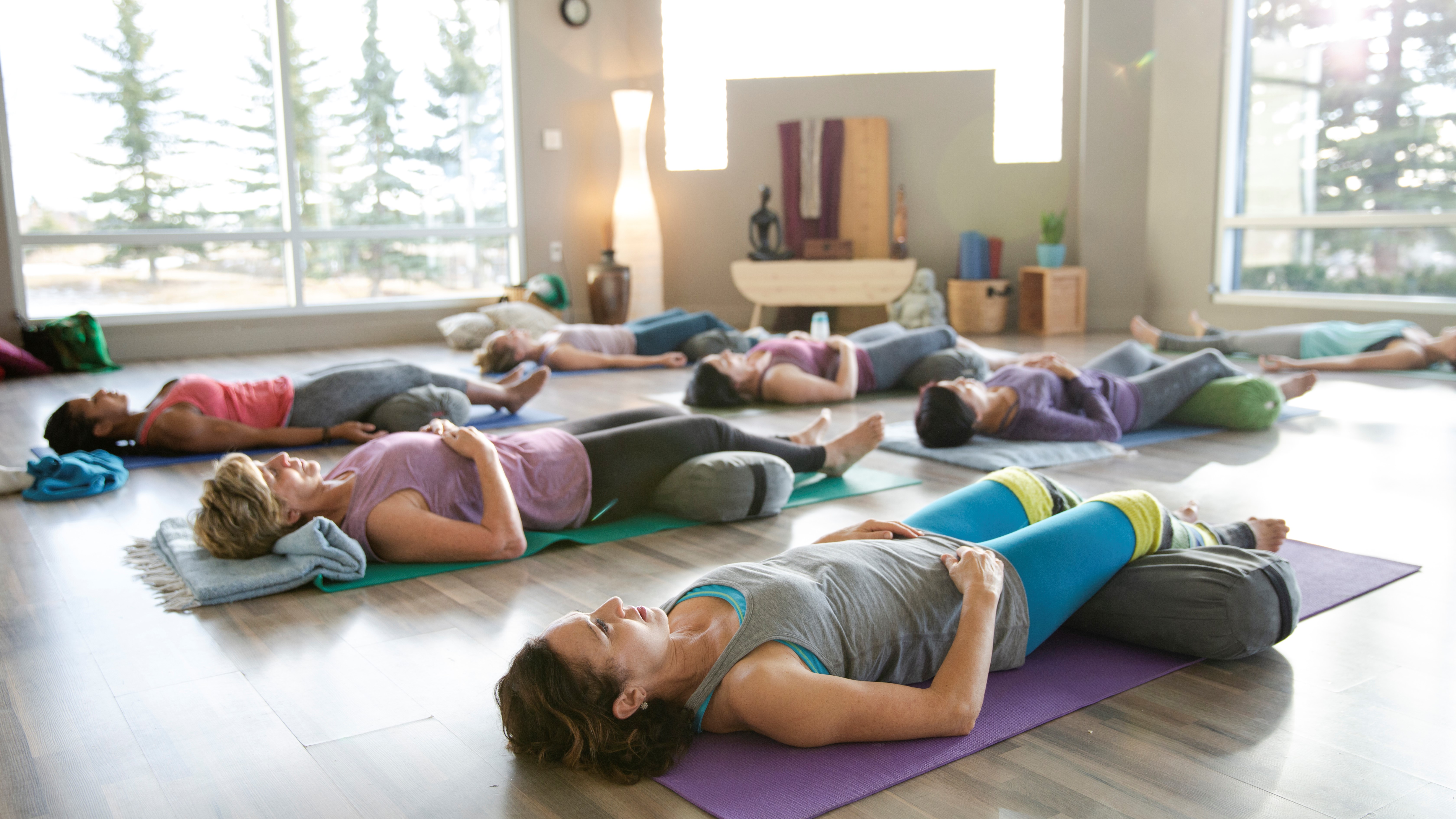
If you’re an athlete, you’ve probably heard at some point that yoga is good for you and chances are, the person promoting it to you was applauding its mobility benefits. You know, you rack up the miles in your trail running shoes and all that repetitive movement leaves you with stiff hamstrings, ergo you need to stretch.
Well, maybe. But as I’ve previously written, scientists don’t actually fully understand what’s happening to your muscles when you stretch, and it’s not always the best choice for athletes. If you’re training for an marathon, the principle of specificity tells you that to sharpen that competitive edge, you want to focus on speed and power, and stretching out your muscle fibers might counteract the work you’re putting in on the trail. Then again, if like me you’re just someone who loves to run on trails for the mental and physical health benefits of green exercise, there’s nothing wrong with a bit of stretching if it feels good.
I’m a yoga teacher and as you can see, I don’t push stretching on everyone as a catch-all remedy for whatever ails you. And for all I know, you’re one of the unlucky many who’s had a bad experience in yoga and perhaps got injured and overstretched. But don’t give up on yoga. There is a specific type of yoga that involves zero stretching that I think just might be a super tonic for athletes, and that’s Yoga Nidra.

What is Yoga Nidra?
Yoga Nidra means yogic sleep and that pretty much sums it up. In this practice, you lie down on your yoga mat, cover yourself with a blanket and a teacher guides you through a series of visualizations designed to help you surf that space between waking and dreaming otherwise known as the Theta Brain Wave state. Theta waves are slow-frequency and where you might find yourself when you’re daydreaming or deeply relaxed, but not actually asleep.
That’s right, you’ll be very relaxed, but the teacher’s voice should keep you from slipping off into sleep. At minimum, a Yoga Nidra practice can be as short as 15 minutes but as long as an hour, and during that time, you won’t be asked to move or change position. You’ll just lie there. It’s bliss.
Though the word “nidra” makes an appearance in early yogic texts such as the Yoga Sutras of Patanjali, which describes the exploration of a dreamlike state as a gateway to enlightenment, the practice today known as Yoga Nidra was developed by an Indian teacher named Swami Satyananda Saraswati in the mid-20th century, so like many modern yoga practices, it’s a living and evolving tradition. Most Yoga Nidra practices follow a systematic format and will visit certain principles, such as setting an intention and moving your awareness throughout your body.
Can Yoga Nidra improve your performance?
When your primary focus is your athletic performance, it’s easy to think all the answers lie in the gym and the kitchen, but we all know there’s a more subtle component to athletic success that tends to separate the best from the rest. If training and nutrition isn’t quite getting you where you want to be, it could be that you'll benefit from Yoga Nidra, at least according to research on the practice.
Yoga Nidra is surprisingly well studied, as compared to other styles of yoga. A 2020 article in Current Psychology noted that participants who practiced an 11-minute Yoga Nidra for 30 days showed lower stress, higher well-being and improved sleep quality as compared to the control group, and these benefits alone may be persuasive to you as an athlete, particularly if you’re struggling with anxiety, self-esteem or recovery.

And there’s more. A 2022 review titled The Origin and Clinical Relevance of Yoga Nidra cites dozens of studies on the practice that are compelling, including a 2006 study that shows it increases Alpha brain waves, which some think are the key to unlocking peak performance via relaxation and creative thinking – something that can help you think outside the box when it comes to both training and performance.
A 2016 study that found it reduced pain in participants with lumbar spondylitis, which is one of several studies citing it in pain reduction. The same year, a study on wrestlers showed Yoga Nidra produced significant improvements in reaction times. The list goes on.
Whether you think unlocking your athletic potential might come down to being able to think around obstacles differently, respond to challenges faster, reduce stress, recover better or help you manage pain, it seems that Yoga Nidra could be the key you’ve been searching for. Best of all, in my opinion, Yoga Nidra is enormously accessible. You don’t need to own any special apparatus, buy new leggings or have to be able to touch your toes; all you need to do is lie down.

How to get started with Yoga Nidra
If there are Yoga Nidra classes available at your local yoga studio or gym, you might really enjoy being guided by a teacher, however that might could more time or expense than you’re willing to put in.
Worry not; there are loads of great online Yoga Nidra practices. My personal favorites are guided by Jennifer Piercy on Insight Timer which I often use in lieu of an afternoon sleep or before bed. Once you’ve found a recording you like, and that fits with your schedule, find a place to lie down that’s ideally quiet. That can be in your bed, on your yoga mat or even on the trail if you’re taking a break during a long run and have your headphones with you. Cover yourself up, close your eyes and get ready to drift away to the distant shores of your consciousness.







